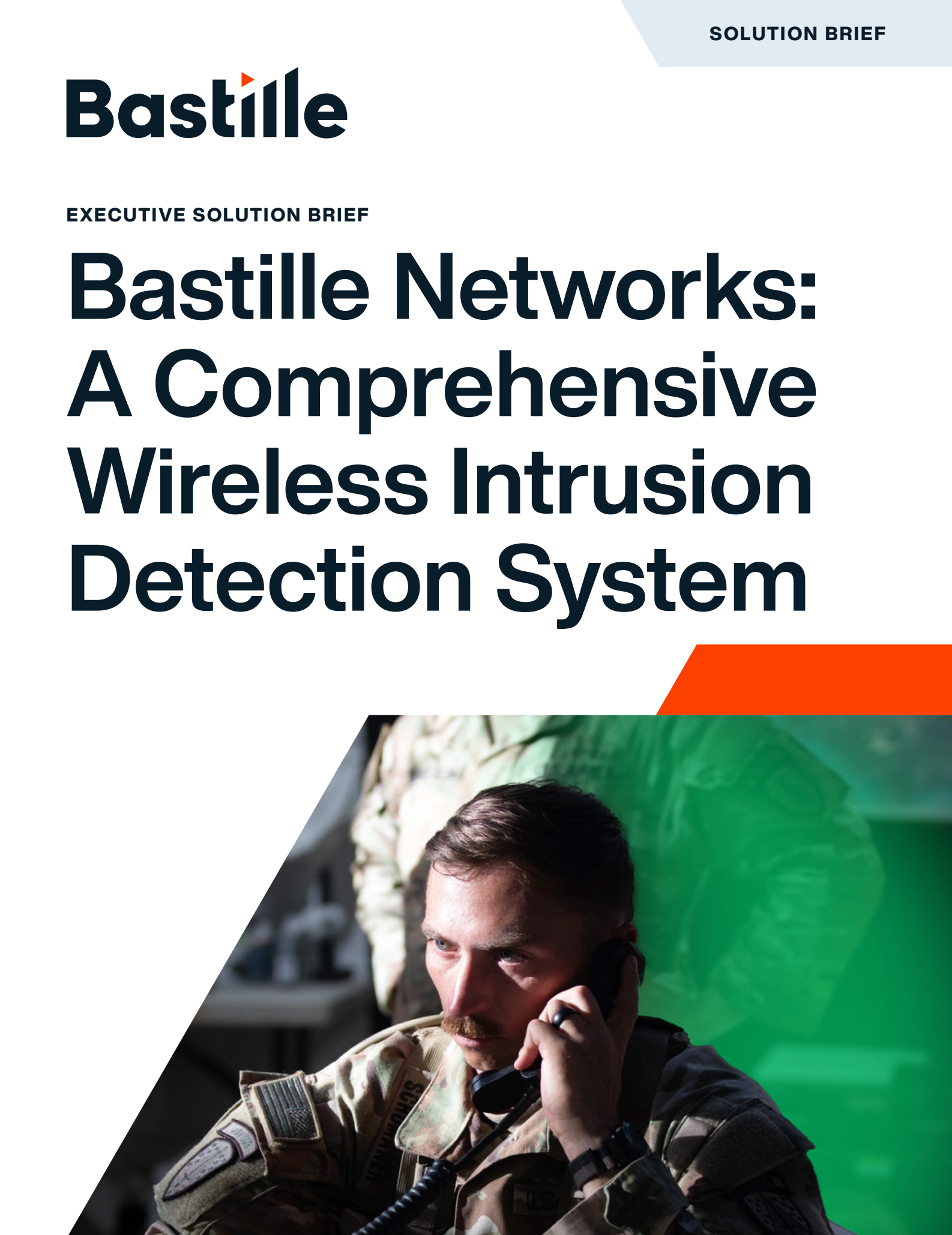
Table of Contents
Introduction & History
Technical Surveillance Countermeasures (TSCM) are security measures aimed at detecting and neutralizing surveillance devices. It is critical in maintaining the confidentiality of communications and protecting sensitive information from unauthorized listening and recording devices.
TSCM covers a broad scope of activities, from physical inspections to electronic sweeps and cyber defense mechanisms. In today’s digital age, the relevance has expanded beyond traditional espionage scenarios to include corporate settings, private dwellings, government facilities, and any environment where information security is critical. As technology advances, so does the complexity and accessibility of surveillance devices, making TSCM an essential element of security protocols in various sectors.
Historical Origins
The practice of TSCM has its roots in military and intelligence operations, dating back to World War II and the Cold War, where securing communications and safeguarding classified information were often matters of life and death. Since then, TSCM has evolved to address the modern landscape of surveillance, which includes digital and cyber dimensions alongside traditional physical bugs.
Technological Evolution
The evolution of surveillance technology has been marked by the miniaturization of devices and the integration of wireless technologies, making spying devices smaller, less detectable, and capable of transmitting over greater distances or even across the internet. Consequently, TSCM techniques have also had to evolve, employing more sophisticated technology and methods to detect and counter these advanced threats.
First-generation technologies included the use of spectrum analyzers and non-linear junction detectors. Recently, wireless cyber tools like Wi-Fi Pineapples and Software Defined Radios (SDRs), which can be continually upgraded to detect the latest protocols and wireless threats have been added to the arsenal of TSCM professionals.
Professional Practice
TSCM is a highly specialized field that requires expertise in surveillance technology, knowledge of potential threats, and an understanding of the legal context surrounding surveillance activities. Professionals in this field must continually update their skills and knowledge to adapt to new technologies and changing threat landscapes. They must also possess a keen eye for detail and a thorough understanding of the environments they are protecting.

Importance of Proactive Measures
In TSCM, a proactive approach is critical. Regular security assessments and sweeps ensure that environments are free from surveillance devices and that vulnerabilities are addressed before any damage occurs. Proactive protection against immediate threats also serves as a deterrent against potential surveillance attempts, as the presence of robust countermeasures can make the cost of successful espionage prohibitively high.
Historically, organizations were only reactive; they did a TSCM scan when they learned that some secret information had escaped. Lately, most major corporations have adopted proactive policies. They know that espionage efforts are so common that the fact that you haven’t been attacked only means that you will be attacked soon or have already been attacked and just don’t know it. Best practice proactive measures now include continuous monitoring systems for the areas that house an organization’s most valuable assets, e.g., board rooms, C-suites, and data centers.
Main Benefits of TSCM
Protecting Privacy & Confidentiality
At the core of TSCM’s importance is protecting privacy and confidentiality. In both personal and corporate environments, privacy is a fundamental right and a necessary condition for maintaining individual freedom and corporate integrity. TSCM ensures that private conversations, whether they involve sensitive personal matters or strategic business secrets, remain secure from external eavesdropping and surveillance efforts.
For businesses, the unauthorized leakage of strategic information, such as product development plans, financial data, or negotiation strategies, can result in significant competitive disadvantages and financial losses. TSCM is crucial for corporations that seek to maintain their market position and protect their intellectual property from industrial espionage.
Ensuring National Security
In the realm of national security, TSCM protects against espionage activities by foreign entities or malicious insiders. It is a critical component of a nation’s security apparatus, helping safeguard sensitive government and military communications and ensuring the integrity of classified information.
Legal & Regulatory Compliance
Various industries are governed by strict regulatory requirements concerning the handling and protection of information, such as HIPAA in healthcare, GDPR in the European Union, or FERPA in education. TSCM helps organizations comply with these regulations by ensuring that confidential information does not fall into unauthorized hands, thereby preventing legal consequences and potential fines.
Psychological Assurance
Beyond the physical and digital protection TSCM provides, it also offers psychological peace of mind to individuals and organizations. Knowing that environments and communications are secure from surveillance can enhance trust among business partners and within teams, fostering a more open and innovative organizational culture.
Deterrent Effect
The implementation of TSCM practices acts as a deterrent to potential espionage. When potential eavesdroppers know that an organization regularly conducts sweeps, continuously monitors for threats and takes security seriously, the risk and difficulty of successful espionage increase dramatically, often deterring the attempt altogether.
Whereas systems like Bastille can be mounted out of sight, above the ceiling tiles, many organizations elect to mount the Bastille sensors in plain sight to remind employees and bad actors that their unauthorized wireless activities will be seen; much like video surveillance cameras have a deterrent effect.
Types of Inspections
Physical Inspection
Physical inspection is the foundational element of any comprehensive TSCM strategy. It involves a meticulous manual search of the premises to identify and locate hidden surveillance devices. This process includes the examination of all physical spaces such as offices, conference rooms, vehicles, and personal effects.
Physical inspection not only focuses on obvious locations but also less conspicuous places like behind wall paintings, inside electrical outlets, within furniture, and other potential hiding spots for devices. Inspectors use various tools such as endoscopes and thermal imaging cameras to assist in identifying anomalies indicative of tampering or the presence of surveillance equipment.
Electronic Inspection
Electronic inspection involves the use of sophisticated electronic equipment to detect the presence of active or passive eavesdropping devices. This includes the use of RF spectrum analyzers to detect radio frequencies that are being used for transmitting data covertly. Signal strength meters, software-defined radios, and signal analysis tools are also employed to analyze the characteristics of detected signals and determine whether they are benign or malicious. Electronic inspection requires a high level of technical expertise as it involves distinguishing between various types of electronic signals and effectively pinpointing their sources. Techniques such as ‘sweeping’ for frequencies typically used by surveillance devices are common practices. Tools such as Bastille that are capable of demodulating signals and placing an accurate location dot on a floor plan map assist skilled TSCM practitioners and also allow less trained security personnel to locate and remove suspect devices.
Cyber TSCM
Cyber TSCM encompasses the identification of eavesdropping risks and vulnerabilities across Wi-Fi, Bluetooth, and cellular networks. This scope covers devices, networks, and their associated connections, including Internet of Things (IoT) devices, all of which fall under the Cyber TSCM domain. Devices include pentesting tools, software-defined radios, RF sniffers, etc.
Acoustic TSCM
Acoustic TSCM focuses on preventing and detecting threats that involve audio surveillance, such as bugging devices that capture sound. Inspectors assess the acoustic security of a space by identifying potential leakage points where sound can escape or be captured through unintended channels. This might involve testing the integrity of walls, windows, and air ducts. Techniques like sound masking (using generated noise to cover up conversations) and architectural adjustments to disrupt sound paths are commonly employed. Acoustic analyzers and other sound measurement tools are used to determine
Benefits of Bastille
Sensor Arrays
Bastille provides a combination of Sensor Arrays deployed throughout your facility with the supporting infrastructure to collect, demodulate, and store RF data. These sensor arrays are deployed in a grid pattern and constantly sweep a broad frequency range. Signals are collected, demodulated, and analyzed.
Fusion Center
Bastille’s Fusion Center platform is the AI/ML based intelligence engine that allows for the localization of RF signals and the detection of threats.
Product Highlights
- Continuous RF Monitoring
- Identification and Classification of Signals
- Advanced Bluetooth Device Detection
- Individual Cellular Device Detection
- Wi-Fi Monitoring
- Location Tracking and Data Visualization
- Historical Analysis and Threat Detection
- Integration with Security Systems
- Automated Alerts
More information about how Bastille’s continuous TCSM solutions work can be found under solutions.
Citations & References
- The Thing (listening device) Wikipedia
- DOE O 205.1D, Department of Energy Cybersecurity Program U.S. Department of Energy

